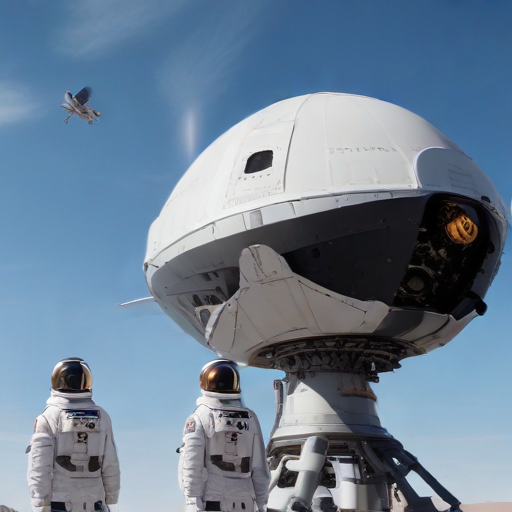Recent developments regarding the Boeing CST-100 Starliner signal a positive shift for the spacecraft and its crew. Following an extended period in space since early June, the completion of ground tests on the spacecraft’s thrusters lays the groundwork for planning its much-anticipated return to Earth.
In an update from late last week, teams confirmed that testing of the Starliner’s Reaction Control System (RCS) thrusters at the White Sands Test Facility in New Mexico has been successfully concluded. This critical phase aimed to assess the degradation of the thrusters to gain insight into the in-flight performance issues that led to some thrusters being “de-selected.” The tests were crucial in determining how these issues might affect the spacecraft’s return capabilities.
Previously, issues with leaking helium tanks responsible for the thruster operation had resulted in several delays. Fortunately, Starliner still has a considerable amount of helium onboard—much more than required for its operations. Although it was suggested earlier that the spacecraft could return immediately if necessary, the mission teams have indicated they are still preparing for a carefully planned re-entry.
With the latest update, the timeframe for Starliner’s return has adjusted slightly. Engineers from Boeing and NASA are now focused on disassembling and inspecting the thrusters, as well as finalizing the flight rationale essential for readiness reviews. The aim remains to prepare Starliner for its eventual return to Earth with distinguished commander Butch Wilmore and pilot Suni Williams.
This progress offers a glimmer of hope as the teams work diligently to ensure a safe return, exemplifying the resilience of both Boeing and NASA in overcoming challenges in space exploration. As preparations continue, anticipation builds for Starliner’s successful landing, marking another step forward in the evolving journey of human spaceflight.
In summary, the completion of thruster tests brings optimism to a mission that has faced several obstacles, showcasing the continuous efforts of engineers and the possibilities that lie ahead in space exploration.
